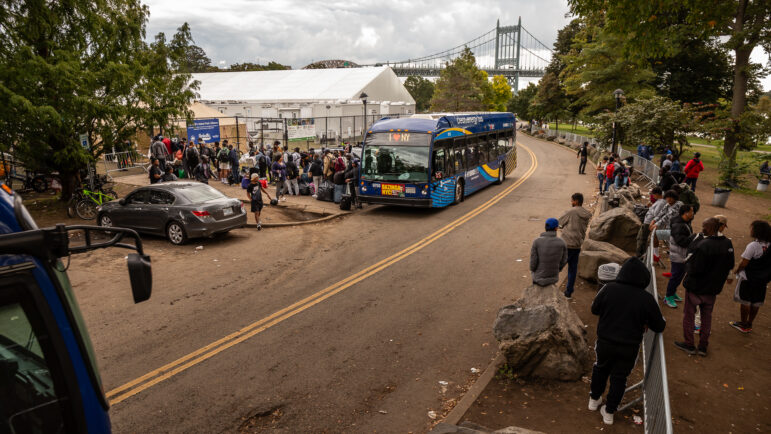Proposed budget cuts could shut down 105 senior centers citywide this year, 22 of which are in the Bronx—and Bronx politicians are getting ready for a fight. Senator Ruben Diaz, Sr. rallied today on the steps of Bronx Borough Hall (see the above video) in order to signal that this decision would not be accepted quietly.“Once again, Governor Cuomo and Mayor Bloomberg have joined forces to increase the suffering of the senior citizens in New York City who have come to rely on these centers for meals, companionship and social activities,” Diaz said in a press release.Senator Jose M. Serrano joined Diaz and Bronx Borough President Ruben Diaz Jr. at the rally today.”I will work diligently with my colleagues to develop a budget that is cognizant of the needs of all New Yorkers. We must be careful to develop a budget that doesn’t hurt our most vulnerable population,” Serrano said in a press release.Changes to the state’s budget have cut $25 million usually reserved for the City’s Department for the Aging (DFTA), or a third of the agency’s funding for senior centers, according to spokesman Christopher Miller.Last year, the city threatened to close 50 senior centers across the five boroughs, but many were saved after funding was restored at the last minute. In a statement, the DFTA said it is working to reverse the cuts, but that closures are certain unless the state money is somehow restored. Centers would close at the end of June if the budget gets passed as proposed, Miller said.Bronx Council Member Oliver Koppell said the closures would deal a huge blow to local seniors.“The loss of the senior centers in my district and throughout the city will have a devastating effect,” he said in a statement.




